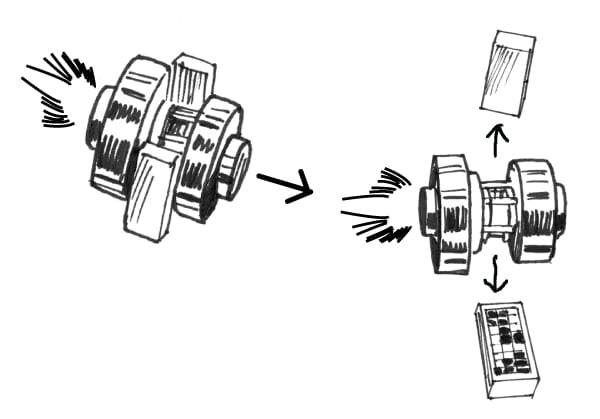What Is A Hold Down Release Mechanism?

In a nutshell, a Hold Down Release Mechanism (HDRM) is used to keep spacecraft equipment in a stowed position during launch and, when in proper orbiting position, then releases the equipment upon an external command.
For spacecraft to achieve their mission-critical functions, a Hold Down Release Mechanism must be utilized. PacSci EMCs HDRMs, available in a broad range of housing and mounting configurations, have been trusted worldwide for their reliability.
Antenna Reflectors, Booms, Doors, Instruments, Radiators, Sensors, Solar Arrays, etc are condensed and stowed in launch vehicles not only to fit, but also to survive launch loads. Once launched they are then deployed into their operating positions in orbit. The integral components used to achieve this are HDRMs.
Known for our reliability along with easily sustaining launch loads, our Hold Down Release Mechanism may include either Release Nuts (also known as Separation Nuts), Explosive Bolts and Pyrotechnic Cutters (wire and cable). They also come in a range of sizes from miniature to heavy-duty.
They function to secure equipment during launch and to release payload equipment, appendages and mission critical elements once in orbit or during descent to planetary surfaces. The Hold Down Release Mechanism for CubeSats or SmallSats, prior to achieving timely synchronization for their deployment, would be our Separation Nut or Sep Nut. Our HDRMs are optimized for reliability with built-in mechanical and electrical redundancy. The planned release of a satellite is pre-determined, and the Sep Nut is actuated on command, when commanded to send the satellite into its intended orbit.
Whether to release satellites, antennas, open arms or appendages, our HDRMs are customized to mission specific requirements including housings (cylindrical or rectangular), mountings, form, fit, and function.